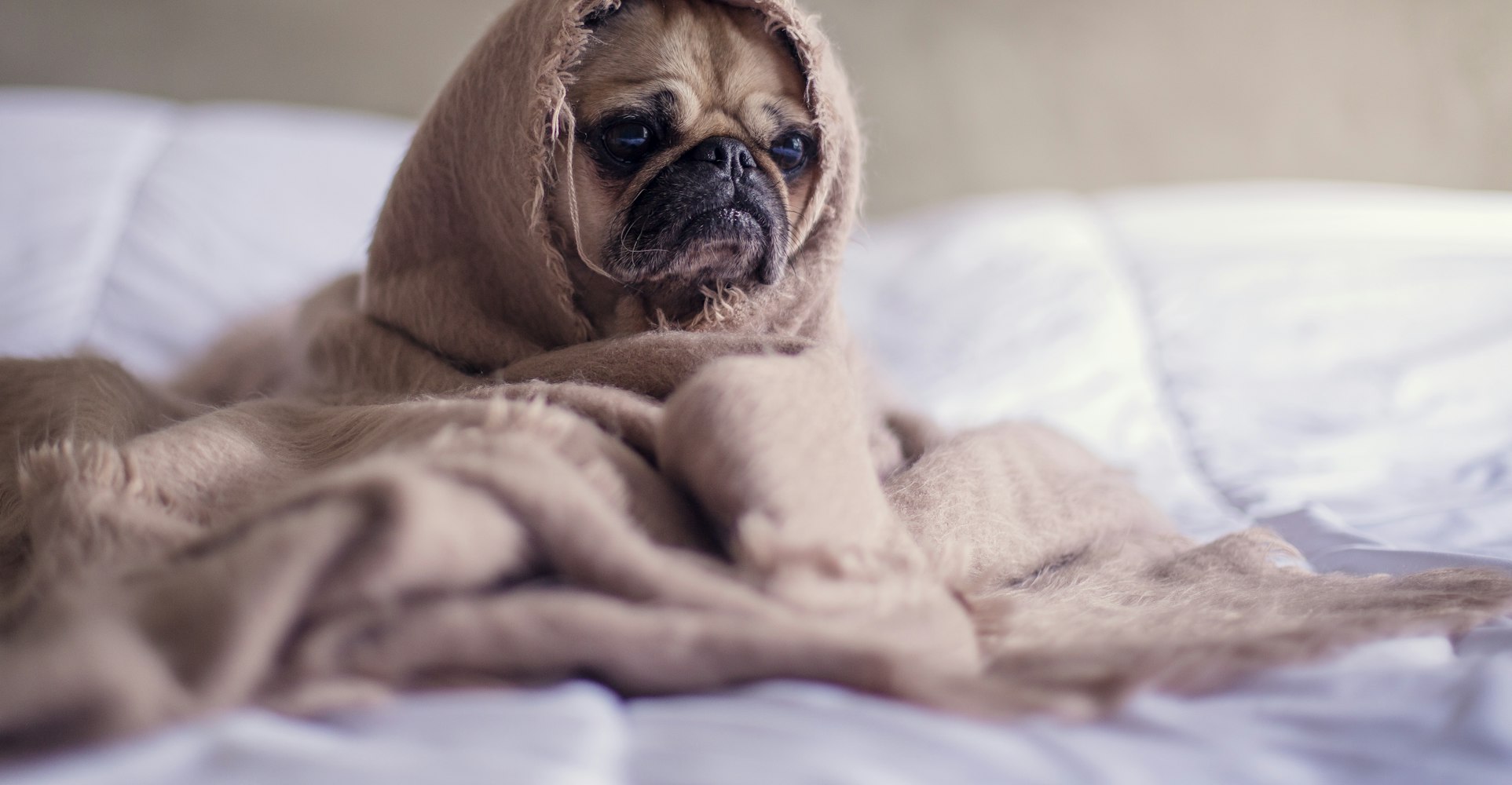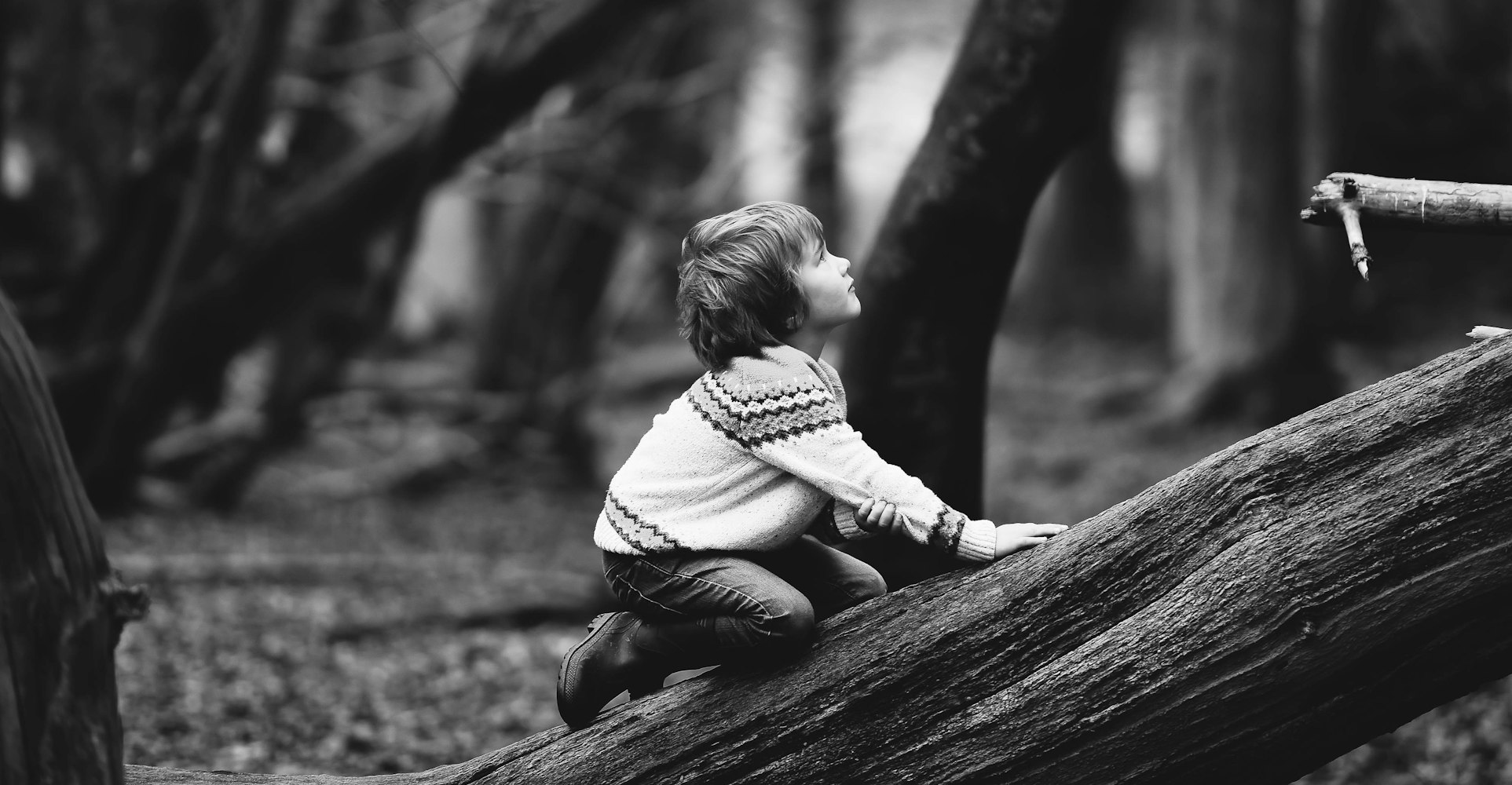 Anxiety is worry, nervousness, unease or uncertainly, usually about a future event. Anxiety is normal and we all experiences it sometimes. Anxiety becomes "disordered" when it becomes persistent, uncontrollable, and interferes with daily life.
Anxiety is worry, nervousness, unease or uncertainly, usually about a future event. Anxiety is normal and we all experiences it sometimes. Anxiety becomes "disordered" when it becomes persistent, uncontrollable, and interferes with daily life.
Children struggle with anxiety at almost unbelievable rates. Anxiety disorders are the most common problems we see in mental health clinics. In fact, youth with anxiety account for about half of all child patients and a third of all teen patients in mental health clinics. Luckily, clinical psychologists have been studying the most effective treatments for anxiety for half a century. What's more, a paper was just published reviewing all of those studies to determine:
What's the most effective way to treat anxiety in kids and teens?
Dr. Charmaine Higa-McMillan, University of Hawaii, and her colleagues reviewed all of the studies that have been published between 1967 and 2013 looking at the effectiveness of different treatments for anxiety in kids and teens (ages 1-19). They identified 108 treatment studies that randomly assigned patients to treatment, and coded each of these studies for the patient characteristics (age, ethnicity, symptom severity), type of active treatment, elements of those treatments, and their effectiveness in reducing symptoms of anxiety from pre-treatment to post-treatment and sometimes months later.
In clinical psychology, we classify treatments into 5 levels that differentiate treatments based on effectiveness. Level 1 treatments are considered "Well-established." These are treatments we have tested and re-tested in different patients and we know they work. Level 2 treatments are "probably efficacious treatments" for which there is pretty convincing evidence that they work so far, but haven't fully been tested on enough patients in enough settings yet. Level 3 and 4 are "possibly efficacious" and "experimental" respectively. We aren't recommending these treatments without further testing. And finally, Level 5 which is the category for "treatments of questionable efficacy." as Far as we can tell, these don't work.
From the 108 studies that have tested the effectiveness of a treatment for anxiety in children or adolescents, Dr. Higa-McMillan and colleagues identified:
6 Level 1 (Well Established)
8 Level 2 (Probably efficacious)
2 Level 3 (Possibly Efficacious)
6 Level 4 (Experimental)
8 Level 5 (Treatments of Questionable Efficacy)
To save us all time and heartache, I'm only going to share the Level 1 and Level 5 treatments with you. It occurred to me that medicine really got something right when pharmaceutical companies started putting advertisements in magazines and on TV. "Ask your doctor about...(insert medicine here)" ads really put a lot of control in the hands of patients. So, I will tell you about the Level 1 treatments so that when a child you know is in need of help with their anxiety you will know what to look and ask for.
According to this systematic review of every published study of a treatment trial for child or adolescent anxiety, the Level 1 treatments identified were:
Cognitive-behavioral therapy (CBT)
Exposure therapy
Modeling
CBT with parents
Education
CBT Plus medication (usually SSRI)
No need to get lost in the weeds with some of these names; the common denominator in each of these treatments is CBT. I won't provide a full explanation here because I've talked about this many times before. Each of these treatments has been tested multiple times, in kids from ages 3-18, in settings such as hospitals, schools, clinics, and online, in samples that represent 10+ ethnicities that comprise the population of the Unites States, and with therapists that range in training from no experience to decades of experience. Even more impressive, the improvements in symptoms continue for at least 1 year after treatment.
There were also some forms of CBT that fell into the Level 2 category. The authors determined that Exposure was the differentiating treatment ingredient for why some forms of CBT were "Probably Efficacious" for treating anxiety while others were "Well-established". Exposure is confrontation of a feared stimulus (click here for more in Exposure). Exposure was present in 80% of the identified Level 1 treatments and is the "active ingredient" in treatments that end up effectively reducing symptoms of anxiety. The other common ingredients in Level 1 treatments for anxiety were cognitive strategies, relaxation, and psychoeducation for the child.
So now you know. Ask your doctor about Exposure.
Now for the Level 5 treatments that are unlikely to help your child's anxiety:
Assessment and monitoring
Attachment therapy
Client-centered therapy
Eye Movement Desensitization and Reprocessing (EMDR)
Peer pairing
Psychoeducation
Relationship counseling
Teacher Psychotherapy
It's possible that one or any of these treatments may be effective in treating other psychological problems, but let's be clear there is no evidence that they will help anxiety.
 If you have a rash, go to your doctor and get a medication, and the rash doesn't get better, the most common assumption is, "That medicine did not work." Unfortunately, a different set of assumptions emerges when the rash is not a rash, but instead an anxiety disorder or depression. If the medicine doesn't work, people assume that "therapy isn't for me" or "that therapist isn't the best fit." The truth is, it's the medicine. Lots of therapists out there aren't using CBT with Exposure to treat anxiety for kids and teens. Find one that does because the "medicine" works.
If you have a rash, go to your doctor and get a medication, and the rash doesn't get better, the most common assumption is, "That medicine did not work." Unfortunately, a different set of assumptions emerges when the rash is not a rash, but instead an anxiety disorder or depression. If the medicine doesn't work, people assume that "therapy isn't for me" or "that therapist isn't the best fit." The truth is, it's the medicine. Lots of therapists out there aren't using CBT with Exposure to treat anxiety for kids and teens. Find one that does because the "medicine" works. Higa-McMillan, C. K., Francis, S. E., Rith-Najarian, L., & Chorpita, B. F. (2015). Evidence base update: 50 years of research on treatment for child and adolescent anxiety. Journal of Clinical Child & Adolescent Psychology, 1-23. DOI:10.1080/15374416.2015.1046177
Gratitude and credit to unsplash.com for photos.
Thanks for sharing such a wonderful post..
ReplyDeleteAndroid Training Institute in Chennai | No.1 Android Training in Chennai